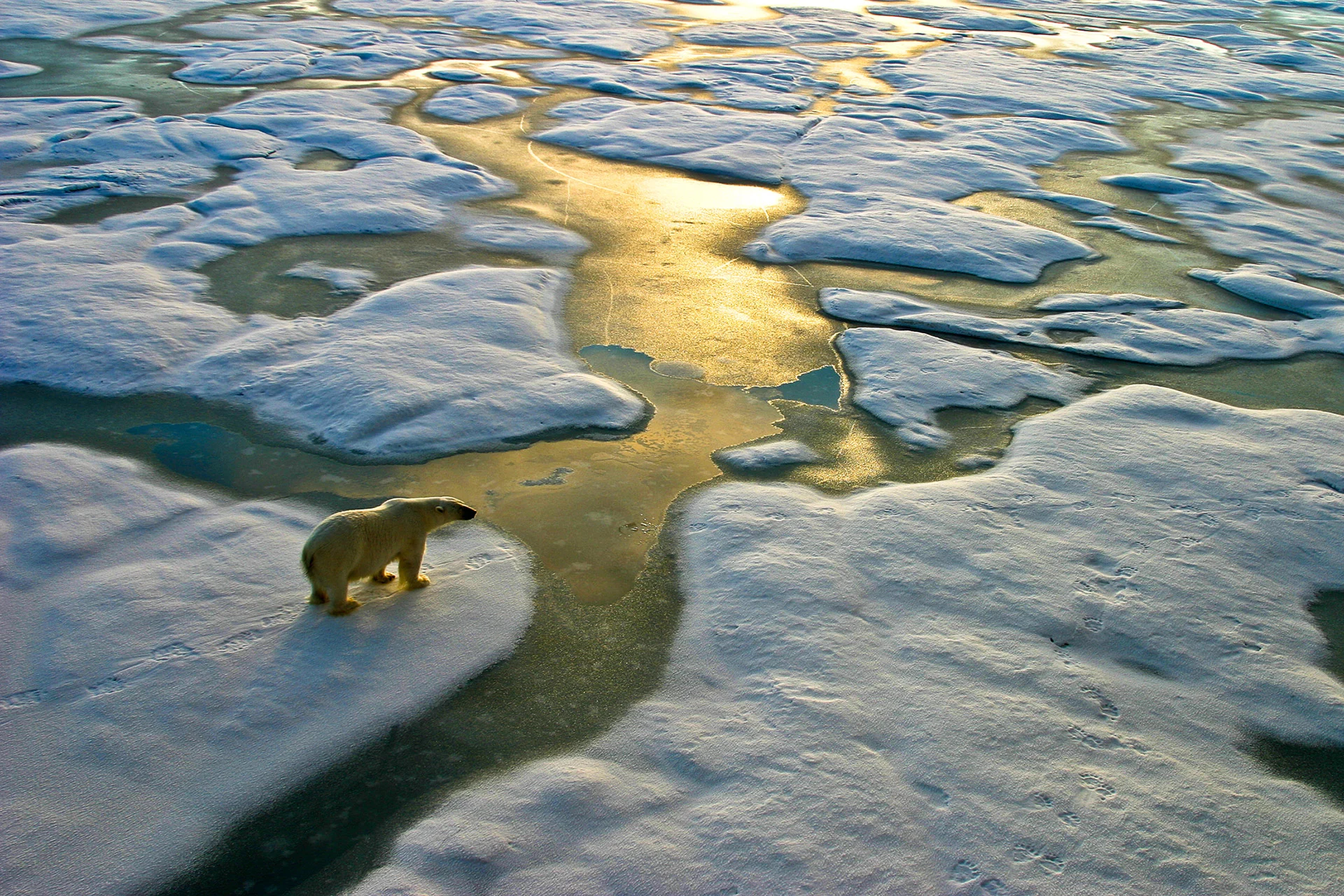
Most polar bears could be extinct by 2100 as the Arctic warms
The polar bears in Canada’s Queen Elizabeth Islands could be the subpopulation last by the end of this century.
Over the past few decades, polar bears have become an omnipresent symbol of climate change - a formidable, yet loveable, majestic creature that is slowly watching its habitat melt as global temperatures rise.
Whether it is a connection with our Canadian landscape or admiration of their emblematic stature, many of us have an affinity to these northern furry creatures. This collective fondness of polar bears is what makes the study published by Nature Climate Change particularly tough to digest, which reports that polar bears could be pushed to the brink of extinction by 2100.
Polar bear subpopulations have fared differently as temperatures warm - the population trend in M’Clintock Channel was increasing while subpopulations in the Gulf of Boothia and Foxe Basin were stable, as of October 2019. However, many regions are seeing rapid population decline, which represents the overall trajectory of the thawing Arctic habitats.
The researchers state that the polar bears in the Queen Elizabeth Islands, which is a cluster of islands in both Nunavut and the Northwest Territories, could be the last subpopulation by the end of this century.
The Arctic is warming twice as fast as the rest of the world, but it’s not exactly the temperatures that are directly harming the health of the polar bear species. The researchers of this study say that the main threat to polar bears is the disappearing sea ice on which they rely upon to hunt.
The researchers analyzed 13 of the world’s 19 subpopulations and calculated how long polar bears can fast before adult and cub survival rates decline based on how much energy they use and their body mass. This index was then compared to the number of sea ice-free days that are expected over the next few decades. Their final calculations show the number of sea ice-free days soaring by 2100, which leaves many subpopulations without access to food that they need for survival.
Arctic sea ice naturally reaches low levels during the summer months due to longer hours of sunlight. Certain regions see complete sea-ice melt that forces polar bears onto land where they rely on their body reserves for survival. Polar bears can fast for months, but experts have observed that lengthening fasts lower body conditions, reproduction, survival and the overall number of individuals in a subpopulation.
Some polar bears require over 12,000 calories per day and seals are their ideal food source due to the high amount of nutrients in their blubber. Without sea ice to hunt on, they have begun choosing unusual foods out of desperation, such as birds and bird eggs, that do not contain nearly enough nutrients to meet the energy needs of the massive animals.
Searching for lower quality food on land requires the polar bears to burn more energy than what they would usually exert during a fast, which compromises their health and increases their risk of mortality. The researchers say that even just a few years with low levels of sea ice can cause non-recoverable population declines, meaning that subpopulations could reach critically low levels in just a few decades.
Melting sea ice will cause a decline in reproduction and survival, which will “jeopardize the persistence of all but a few high-Arctic subpopulations by 2100.” Even if greenhouse gas emissions are moderately curbed, the researchers say polar bears could avoid extinction, but only a few subgroups would survive past 2100.
Péter K. Molnár, Assistant Professor at the University of Toronto and lead author of this study, says that lower polar bear populations will likely cause changes in Arctic food chains.
“Polar bears are not the only ones that will be impacted by sea ice loss. Ringed seal populations, for example, could theoretically benefit from fewer polar bear attacks, but given that they also heavily rely on the sea ice (e.g. for giving birth) it is questionable whether reduced predation might counterbalance other negative impacts,” Molnár said in an interview with The Weather Network.
“An ice-free Arctic would not be empty of life - but it would be very different and research is ongoing to try and understand in what ways.”
Experts warn that there is no alternative to sea ice or hope that polar bears could transition to a new land-based foot source. During the Holocene, which is when Earth entered a warming trend and ended the last ice age, polar bears vanished from areas as ice-free periods lengthened in certain areas, such as the Baltic Sea.
What is more troubling, is this study came out one day after the National Snow and Ice Data Center (NSIDC) reported sea ice extent in the Arctic on July 19, 2020 was approximately 500,000 square kilometres below the previous record low for the date. The record for lowest sea ice extent was set in 2012, but the weather patterns over the next few months have the potential to make 2020 a record-breaking melt season.
When asked what the best-case scenario would be, Molnár said the research clearly shows that nations would have to come together as a global community to “address the challenges for global warming, reduced GHG emissions, invested in green technologies, and so on.”
“It is important to also keep in mind that the impacts of climate change are much bigger than just on polar bears. It impacts our own well-being, and dealing with the problem urgently will benefit us as well as polar bears as a side effect.”
Top image credit: Getty Images












